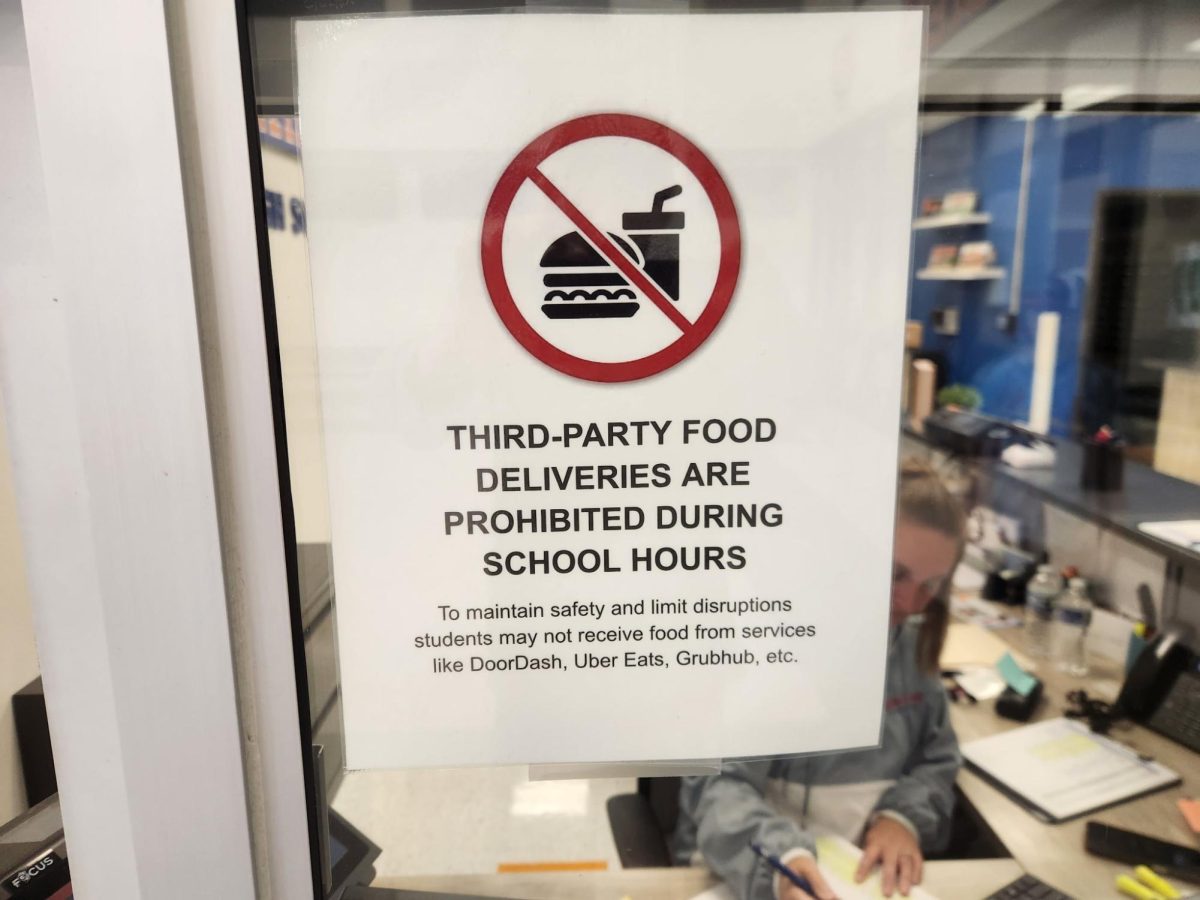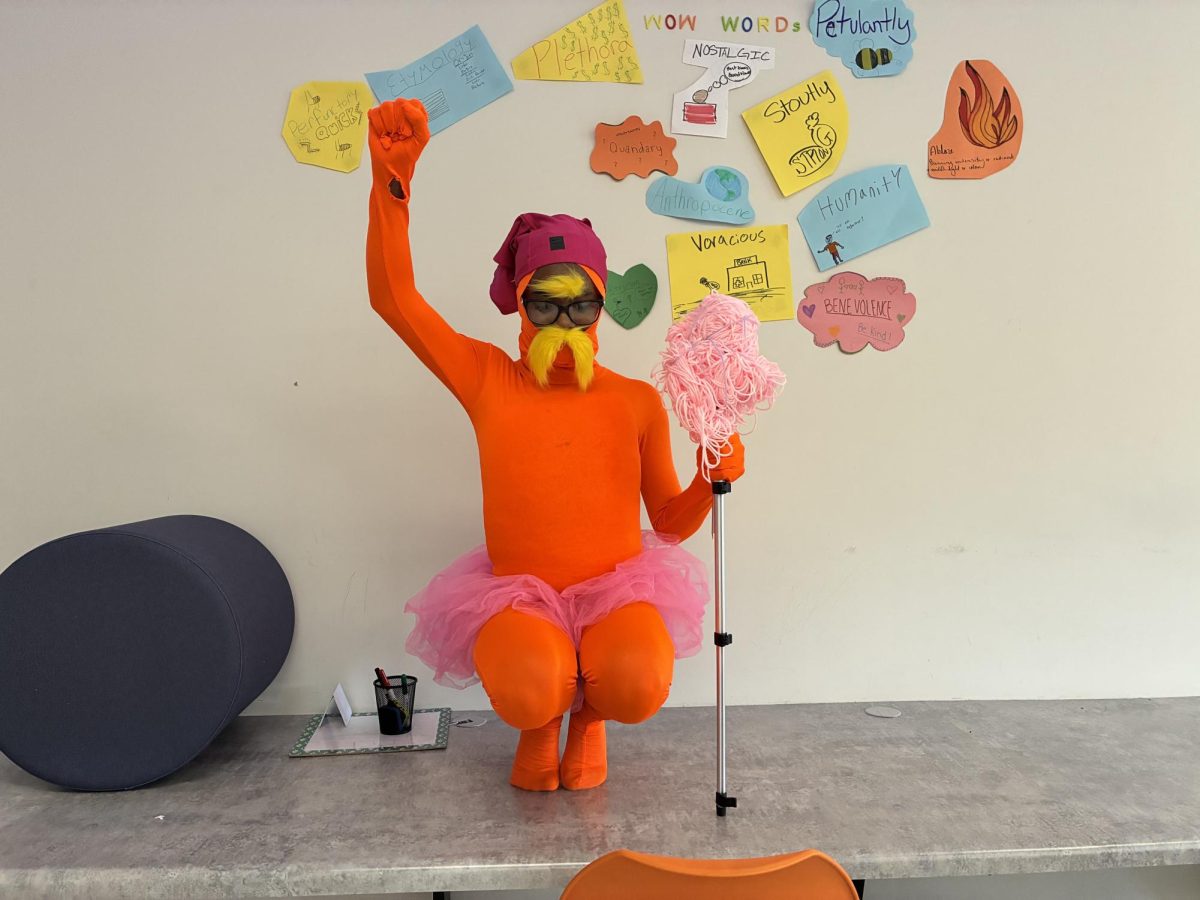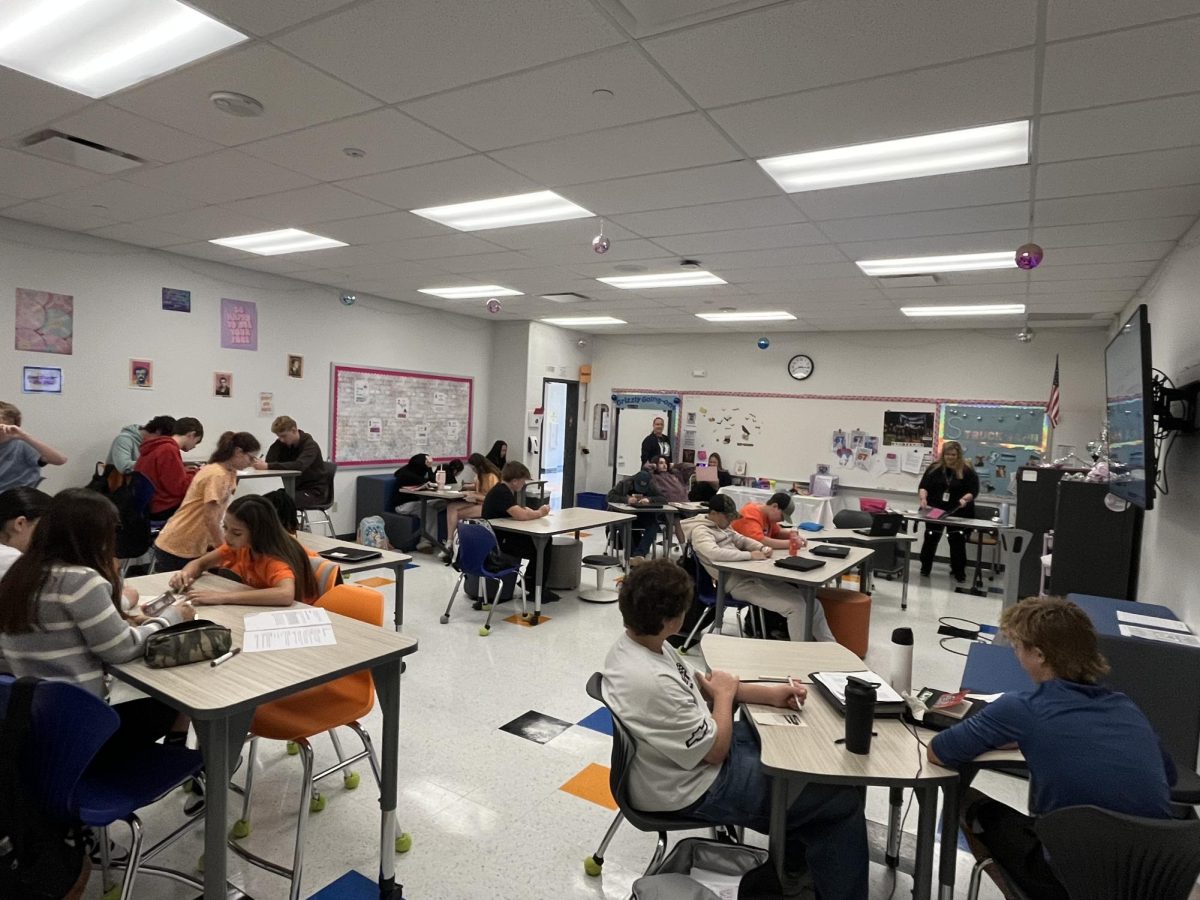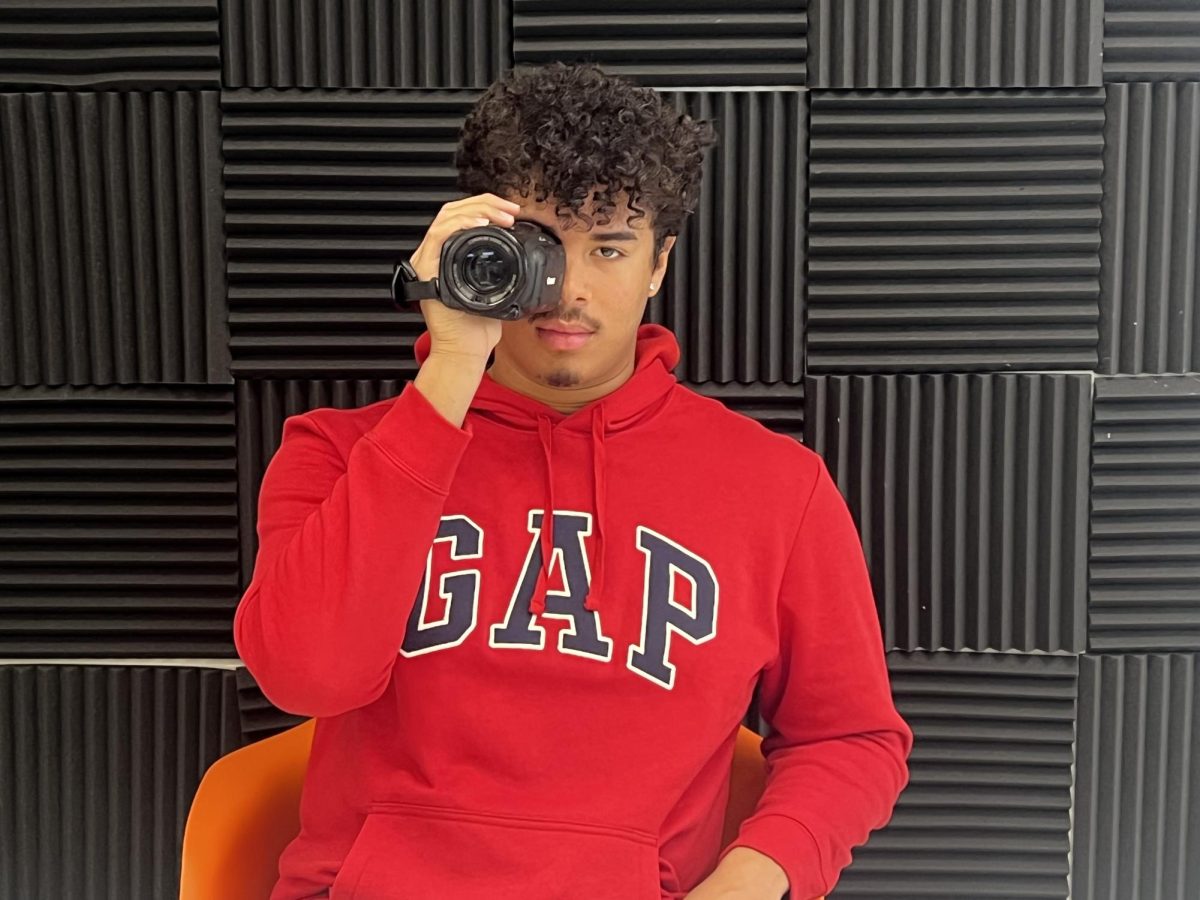
What an extraordinary sight! This Monday, we will witness a solar eclipse that is the only opportunity for millions of people to witness totality from the comfort of their homes.
After the eclipse on April 8, 2024, which will cover a vast northeastern path across the United States, the other 48 states will have to wait for more than 20 years to witness another extraordinary event like this. Mark your calendars for August 23, 2044, as it will be the next time when such a breathtaking eclipse will grace our skies.
The contrast between the darkened sky and the fiery corona of the Sun is a breathtaking spectacle that leaves a lasting impression on all who witness it. Observing an eclipse is a rare opportunity to connect with the cosmos and marvel at the wonders of our celestial neighborhood.
What is an eclipse? An eclipse is when the Moon orbits Earth, the Moon moves between the Sun and Earth. When this happens, the Moon blocks the light of the Sun from reaching Earth.
The sky darkens as the Moon smoothly glides across the face of the Sun, gradually covering its entirety. This causes an eclipse of the Sun, or a solar eclipse. During a solar eclipse, the Moon casts a shadow onto Earth. It’s a truly remarkable event that captivates both astronomers and casual observers alike.
A total solar eclipse is a rare and extraordinary event that only a few fortunate individuals have the privilege of witnessing. It is a phenomenon that graces the lives of some individuals only once in a lifetime.
The most recent total solar eclipse visible from the United States occurred in 2017, marking a significant celestial event that sparked widespread interest. Prior to this, the country had not witnessed a Total solar eclipse since 1979, making it a rare and eagerly anticipated occurrence for many Americans.
The anticipation and excitement build up as people eagerly wait for the moment when the Moon aligns perfectly with the sun, creating a mesmerizing spectacle of celestial beauty.
According to NASA, the first documented eclipse in human history was recorded on November 30, 3340 B.C.E. It is said to have taken place at the Loughcrew Megalithic Monument in County Meath, Ireland. These findings were discovered in 2002 by Paul Griffin, an esteemed “archaeoastronomer” from Ireland.
The Mesopotamians developed the initial framework for predicting eclipses using the Saros cycle: for a given eclipse, a nearly identical one in terms of magnitude, direction, and timing occurs almost exactly 18 years, eleven days, and eight hours later.
The Saros is a precise cycle spanning 223 synodic months, roughly 6585.321 days or 18 years, ten, eleven, or twelve days (varying based on leap years) and 8 hours. It possesses the ability to forecast solar and lunar eclipses.
Total solar eclipses are incredibly important as they provide scientists with the unique opportunity to observe the Sun’s corona, which is typically too faint to be visible without the obstruction of the Sun’s bright light.
Protecting your eyes during an eclipse is crucial since the intense solar radiation can cause permanent damage to your eyes. Even though it may be a beautiful sight, it’s important to prioritize the safety of your vision. Make sure to always wear your eye protection when observing the eclipse.
Not only will this safeguard your vision from the harmful effects of the sun’s rays, it will also allow you to fully immerse yourself in the awe-inspiring phenomenon, appreciating the intricate dance between these celestial bodies.
As the Moon gradually moves across the face of the Sun, casting its shadow upon the Earth, you’ll witness the transformation of day into an ethereal twilight, a surreal and humbling experience that reminds us of the vastness of our universe.
In order to capture this beautiful moment on camera, shoot a series of exposures of the mid-day Sun using fixed aperture (ranging from f/8 and f/16) and utilizing every available shutter speed from 1/1000s and 1/30s.
Select the best exposure using the camera’s histogram display. You want to make sure not to zoom in on the sun too much or else it will be too hard to see.
A wide shot will probably work OK, and it will show the surrounding environment. Phone cameras have captured impressive photos, videos, and even panoramas during total eclipses. Just like professional cameras, take a few shots, but make sure to also experience the eclipse with your own eyes.
During eighth period at 1:45 on Monday, there will be a fire drill followed by an opportunity to witness the eclipse.
You will receive your eclipse glasses from from your eighth hour teacher. Don’t miss this rare sight, as it won’t be visible from our country for another two decades.


























